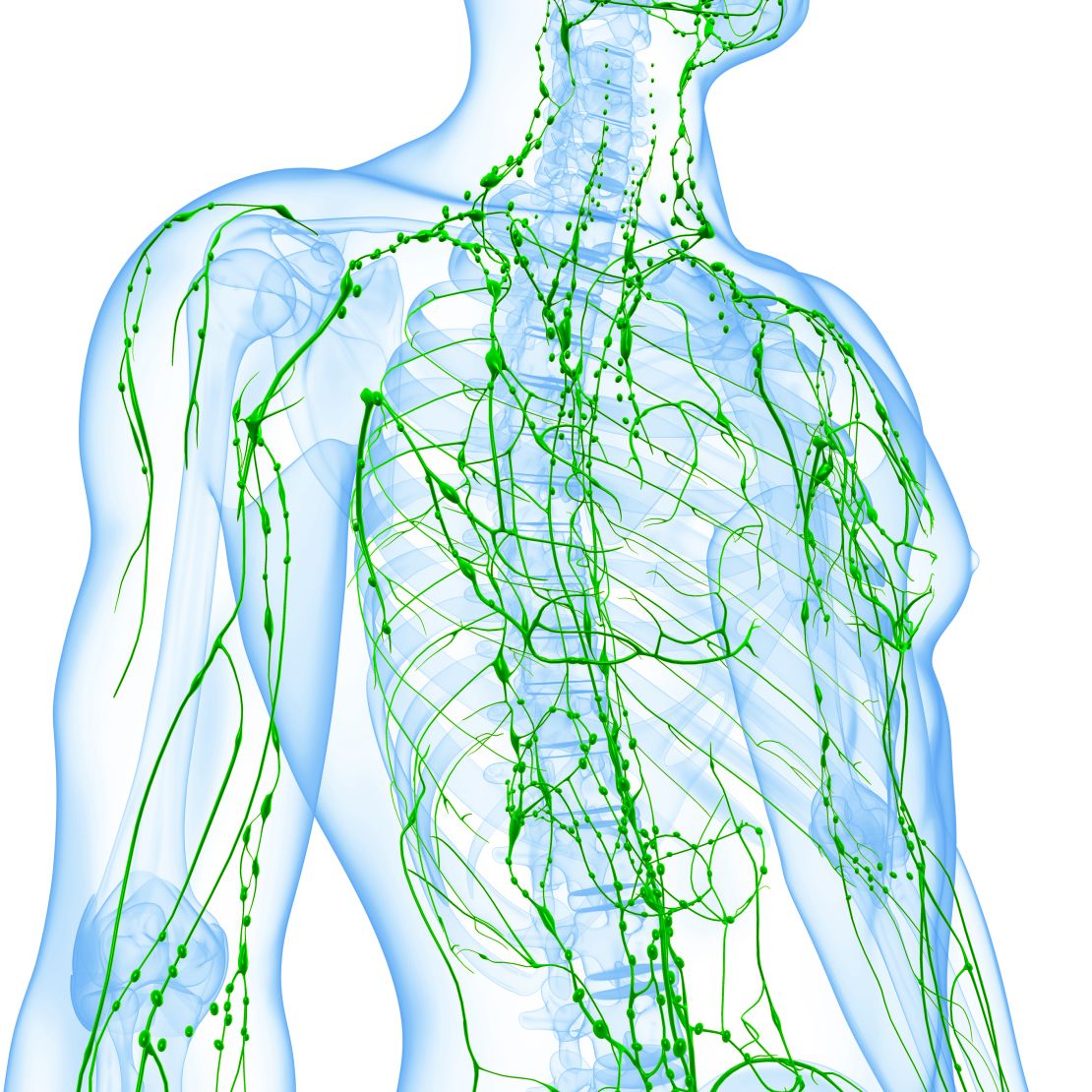What is the Lymphatic System

The lymphatic system is a network of tissues and organs that help rid the body of toxins, waste and other unwanted materials. Simply put, it is the body's sewer system.
The primary function of the lymphatic system is to transport lymph, a fluid containing infection-fighting white blood cells, throughout the body.
The lymphatic system primarily consists of lymphatic vessels, which are similar to the veins and capillaries of circulatory system. The vessels are connected to lymph nodes, where the lymph is filtered. The tonsils, adenoids, spleen and thymus are all part of the lymphatic system.
There are hundreds of lymph nodes in the human body. They are located deep inside the body, such as around the lungs and heart, or closer to the surface, such as under the arm or groin, according to the American Cancer Society. The lymph nodes are found from the head to around the knee area.
If the spleen detects potentially dangerous bacteria, viruses, or other microorganisms in the blood, it — along with the lymph nodes — creates white blood cells called lymphocytes, which act as defenders against invaders. The lymphocytes produce antibodies to kill the foreign microorganisms and stop infections from spreading. Humans can live without a spleen, although people who have lost their spleen to disease or injury are more prone to infections.
Lymph is a clear and colorless fluid; the word "lymph" comes from the Latin word lympha, which means "connected to water," according to the National Lymphedema Network.
Plasma leaves the body's cells once it has delivered its nutrients and removed debris. Most of this fluid returns to the venous circulation through tiny blood vessels called venules and continues as venous blood. The remainder becomes lymph, according to the Mayo Clinic.
Unlike blood, which flows throughout the body in a continue loop, lymph flows in only one direction — upward toward the neck. Lymphatic vessels connect to two subclavian veins, which are located on either sides of the neck near the collarbones, and the fluid re-enters the circulatory system, according to the Mayo Clinic.